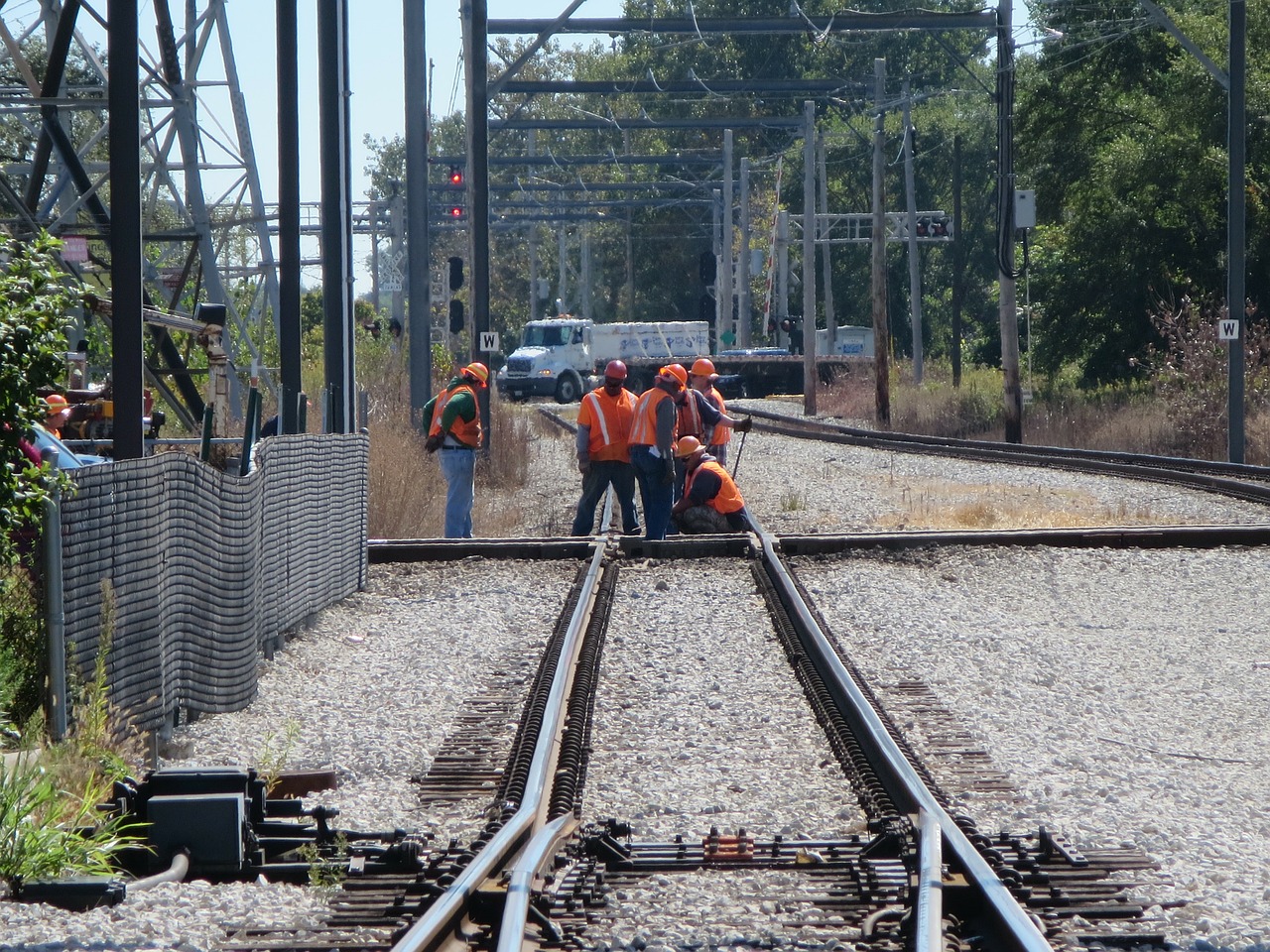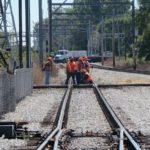Although worker safety measures within the railway industry have greatly improved over the past twenty years, the process of switching in railyards, an operation that includes breaking apart and putting together trains, and organizing and storing cars, is still a leading cause of injuries to railway workers.
What makes railyards so dangerous for workers?
In fact, research performed by the Federal Railroad Administration indicates that about 34% of all railway worker injuries, and more than 50% of all serious injuries, take place in railyards.
The experienced Virginia railroad injury lawyers at Shapiro, Washburn & Sharp advocate for the safety of railway employees in every line of work. If you were injured due to railroad negligence, call our law offices today and find out the best course of action for your situation.
The Dangers of Railyard Operations
A railway yard is a massive arrangement of tracks that are used for sorting, storing, or unloading and loading locomotives and railroad cars. After arriving at a railyard, trains are usually taken apart, put back together, and thoroughly inspected before they can depart to another location. Many railyards also include buildings that repair and service locomotives and cars.
Given the huge volume of heavy, oversized, moving equipment and the amount of manual labor that goes into switching cars, there are numerous dangers inherent to railyard operations. The most common causes of railyard injuries include manual switches, unstable or unlevel surfaces, debris or equipment lying on the ground, visual and auditory distractions, slippery or greasy work surfaces and areas such as locomotive handholds and switching steps, and inclement weather.
Who is at Risk?
Research has proven that the majority of railyard injuries take place during switching operations. These operations require workers to be on the ground, right next to the train performing tasks that include switching cars onto other tracks, signaling train operators, uncoupling and coupling cars, and inspecting handbrakes, air hoses, and couplings. Switch operators, conductors, and brakemen are answerable for these duties. However, due to the fact that these tasks require them to go between train cars and to board and alight from moving machinery, workers are almost continuously in danger of sustaining serious physical injuries.
These workers are almost always out of the locomotive operator’s line of sight and are dependent on radio communications and hand signals to control their movement. Roughly 50% of all railroad switch, signal, and brake operator deaths were caused by being hit by a railroad vehicle.
Who Can Help Me if I Was Injured While Working in a Railyard?
Taking into account the hazardous nature of railroad work and the alarming rate at which workers are injured, Congress passed the Federal Employers’ Liability Act, a federal statute that makes it possible for railway workers to collect equitable financial compensation for workplace injuries. Dissimilar to workers’ compensation, FELA entitles railway workers to bring lawsuits against their employers for any damages they sustained due to railroad negligence. Although FELA claims do require victims to prove their employer was negligent, the amount of financial compensation available under FELA is usually considerably more than is available through a workers’ comp claim.
Speak With an Experienced Lawyer
The railroad switching injury lawyers at Shapiro, Washburn & Sharp have successfully been managing claims under the Federal Employers Liability Act for more than four decades.
If you were seriously injured during the course and scope of your employment as a railway worker, please schedule a free case review by calling our Virginia Beach-area law offices at (833) 997-1774 or by filling out the contact form on our website.
Related Content
- Despite New Contract Railway Workers Still Experience Quality of Life Issues
- FELA Basics For Injured Railway Workers
- Injured on the Railroad – What To Do Next
- What Railroad Claim Agents Won’t Tell You Guide

